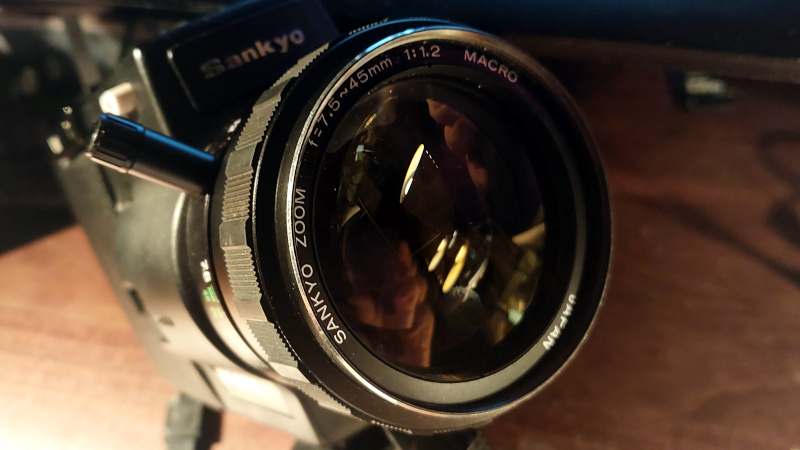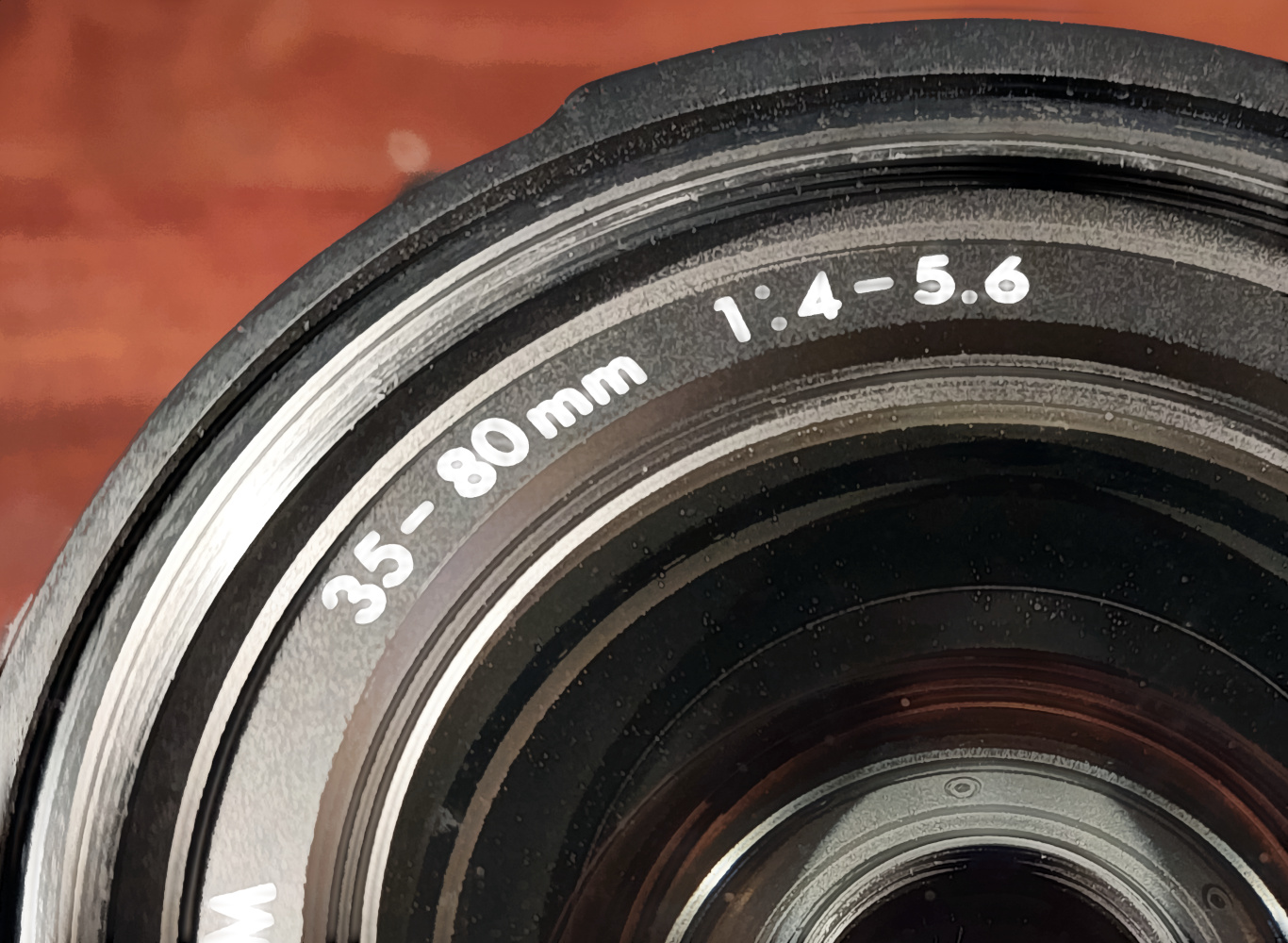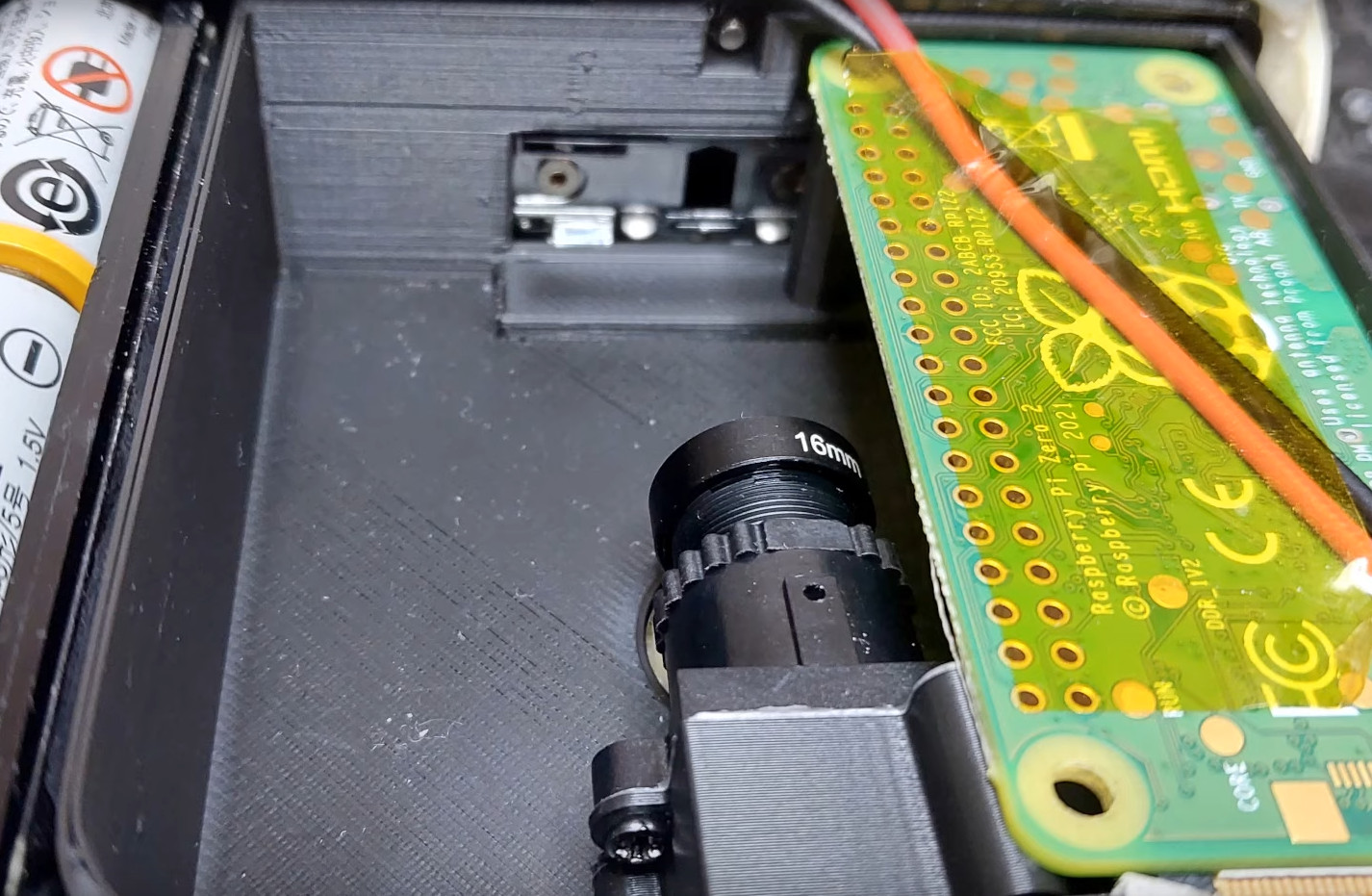The F Number On A Lens Means Something? Who Knew! [Hackaday]

The Raspberry Pi has provided experimenters with many channels of enquiry, and for me perhaps the furthest into uncharted waters it has led me has come through its camera interface. At a superficial level I can plug in one of the ready-made modules with a built-in tiny lens, but as I experiment with the naked sensors of the HD module and a deconstructed Chinese miniature sensor it’s taken me further into camera design than I’d expected.
I’m using them with extra lenses to make full-frame captures of vintage film cameras, in the first instance 8 mm movie cameras but as I experiment more, even 35 mm still cameras. As I’m now channeling the light-gathering ability of a relatively huge area of 1970s glass into a tiny sensor designed for a miniature lens, I’m discovering that maybe too much light is not a good thing. At this point instead of winging it I found it was maybe a good idea to learn a bit about lenses, and that’s how I started to understand what those F-numbers mean.
More Than The Ring You Twiddle To Get The Exposure Right

I’m not a photographer, instead I’m an engineer who likes tinkering with cameras and who takes photographs as part of her work but using the camera as a tool. Thus the f-stop ring has always been for me simply the thing you twiddle when you want to bring the exposure into range, and which has an effect on depth of field.
The numbers were always just numbers, until suddenly I had to understand them for my projects to work. So the first number I had to learn about was the F-number of the lens itself. It’s usually printed on the front next to the focal length and expressed as a ratio of the diameter of the light entrance to the lens focal length. Looking around my bench I see numbers ranging from 1:1 for a Canon 8mm camera to 1:2.8 for a 1950s Braun Paxette 35 mm camera, but it seems that around 1:1.2 is where most 8 mm cameras sit and 1:2 is around where I’m seeing 35 mm kit lenses. The F-stop ring controls an adjustable aperture, and the numbers correspond to that ratio. So that 1:2 kit lens is only 1:2 at the F2 setting, and becomes 1:16 at the F16 setting.
Fighting Too Much Light

My problem is that I’m trying to match a CMOS sensor with a very high sensitivity per unit area against lens systems designed for film, which at the relatively low ISO numbers of 8 mm movie film, has a much lower sensitivity per unit area. 8 mm film is a fantastic medium which provides an aesthetic like no other, but even its most diehard adherent wouldn’t disagree that light levels are of huge importance when using it.
I had some failed experiments with putting the CMOS sensor at the focal point of the camera, but in the end found a far more effective technique of using an M12 screw-in lens as a macro lens to focus on the original focal point from behind. This is great, but has the result that all of that extra light intended for an ISO 50 frame of 8 mm movie film instead lands on a Raspberry Pi sensor designed for a much smaller lens. I need to make it deliver equivalent light to that F number being much higher, but I want my digital cartridge to just drop into an unmodified camera, so I can’t mess about with camera apertures. The solution is to apply a neutral density filter, in effect an attenuator, to the front lens ring. Not ideal, but it’s the best I’ve got.
So this has been my journey into the numbers on the front of a camera lens, and also my journey into understanding how they help me in merging old and new cameras on the cheap. If you’re a seasoned photographer you’ll be wondering how it took me so long, but I hope some of you will have learned something new. If one day I can film a Hackaday report on a vintage Super 8 camera with a digital cartridge, it will all have been worthwhile.

![the-f-number-on-a-lens-means-something?-who-knew!-[hackaday]](https://i0.wp.com/upmytech.com/wp-content/uploads/2024/03/174034-the-f-number-on-a-lens-means-something-who-knew-hackaday.jpg?resize=800%2C445&ssl=1)